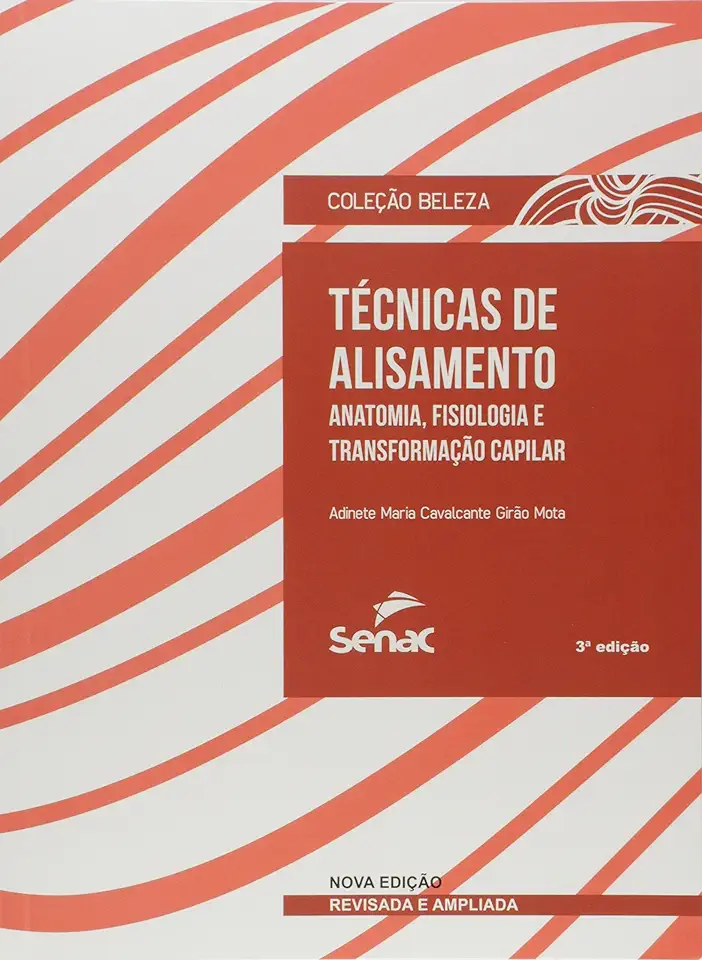
Smoothing Techniques: Anatomy, Physiology and Hair Transformation
Smoothing Techniques: Anatomy, Physiology and Hair Transformation
Introduction
In the world of hair styling, achieving smooth, sleek locks is a highly sought-after desire. Whether it's for a special occasion or everyday wear, smooth hair exudes elegance, sophistication, and effortless beauty. However, achieving and maintaining smooth hair can be a challenge, especially with the constant exposure to environmental factors and styling tools.
Understanding Hair Anatomy and Physiology
To effectively achieve smooth hair, it's essential to understand the anatomy and physiology of hair. Hair is primarily composed of a protein called keratin, which forms the hair shaft. The hair shaft is surrounded by a cuticle, which consists of overlapping scales that protect the inner cortex. The cortex determines hair's strength, elasticity, and color.
Common Causes of Frizz and Hair Damage
Frizz, a common enemy of smooth hair, occurs when the hair cuticle becomes raised, allowing moisture to enter the hair shaft. This causes the hair to swell and become unruly, resulting in a frizzy appearance. Various factors can contribute to frizz, including humidity, heat styling, chemical treatments, and even friction from clothing.
Smoothing Techniques: A Comprehensive Guide
This book delves into the world of smoothing techniques, providing a comprehensive guide to achieving and maintaining smooth, healthy hair. It covers a wide range of topics, including:
- Understanding different hair types and their unique smoothing needs
- Selecting the right smoothing products and tools
- Blow-drying techniques for smooth hair
- Flat ironing and curling techniques
- Chemical smoothing treatments, such as keratin treatments and relaxers
- Natural smoothing remedies and DIY treatments
Benefits of Smooth Hair
Beyond its aesthetic appeal, smooth hair offers several benefits, including:
- Improved manageability: Smooth hair is easier to style and detangle, reducing the risk of breakage.
- Enhanced shine: Smooth hair reflects light more effectively, resulting in a glossy, healthy shine.
- Reduced frizz: Smooth hair is less prone to frizz, even in humid conditions.
- Versatile styling options: Smooth hair can be styled in various ways, from sleek and straight to voluminous curls.
Conclusion
"Smoothing Techniques: Anatomy, Physiology and Hair Transformation" is an indispensable resource for anyone seeking to achieve and maintain smooth, beautiful hair. With its comprehensive coverage of hair anatomy, physiology, smoothing techniques, and hair care tips, this book empowers readers to transform their hair and embrace their smooth, radiant locks.